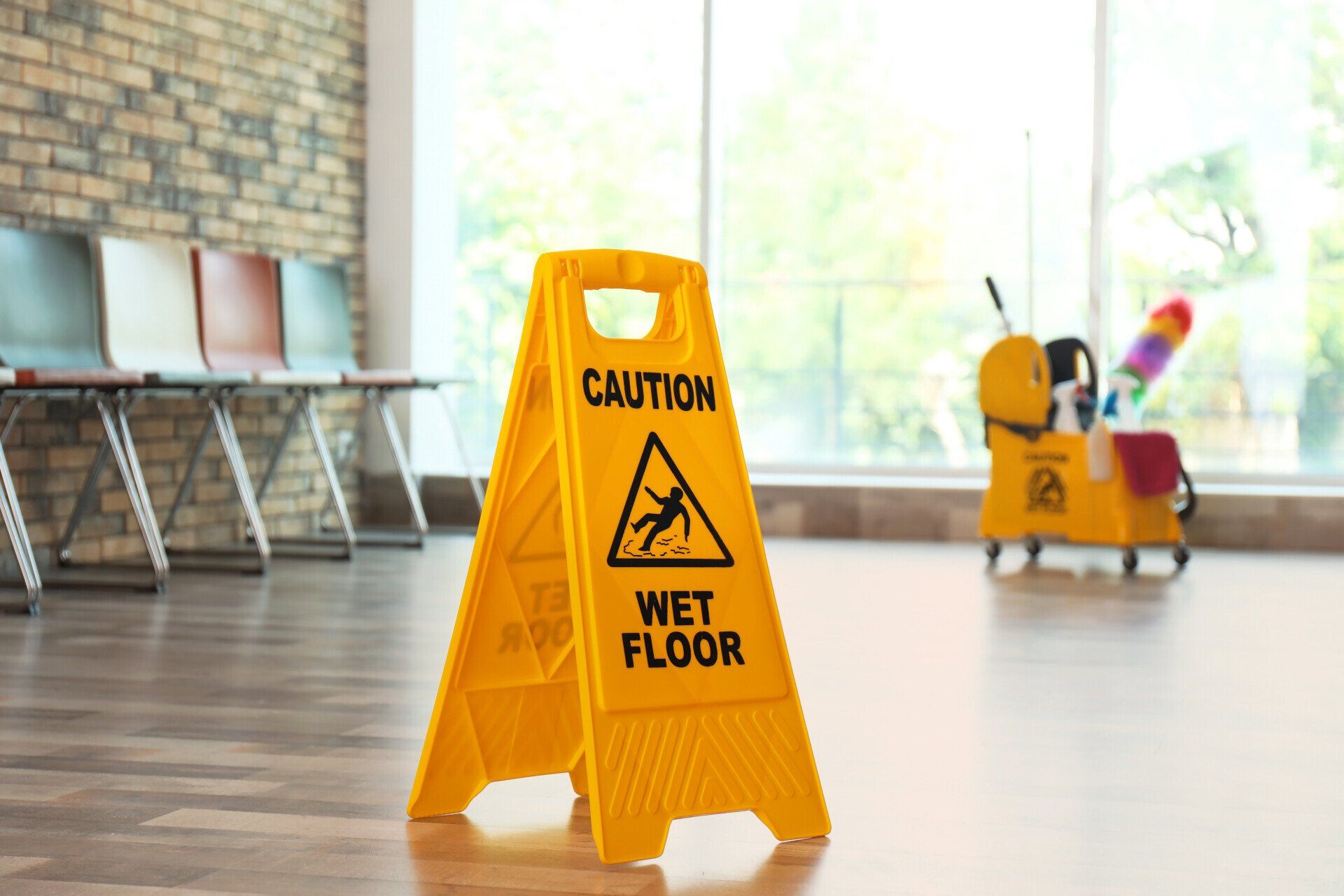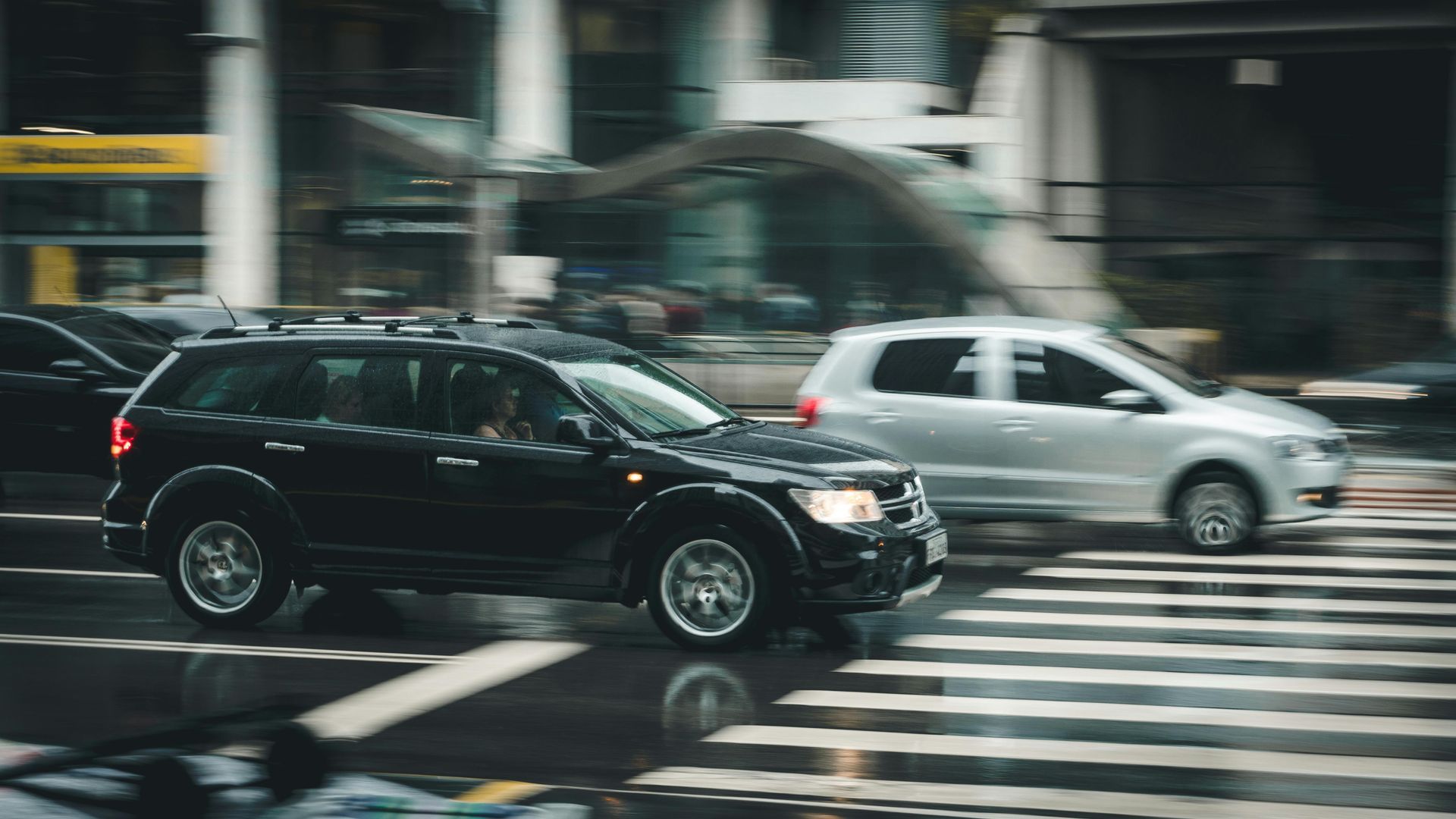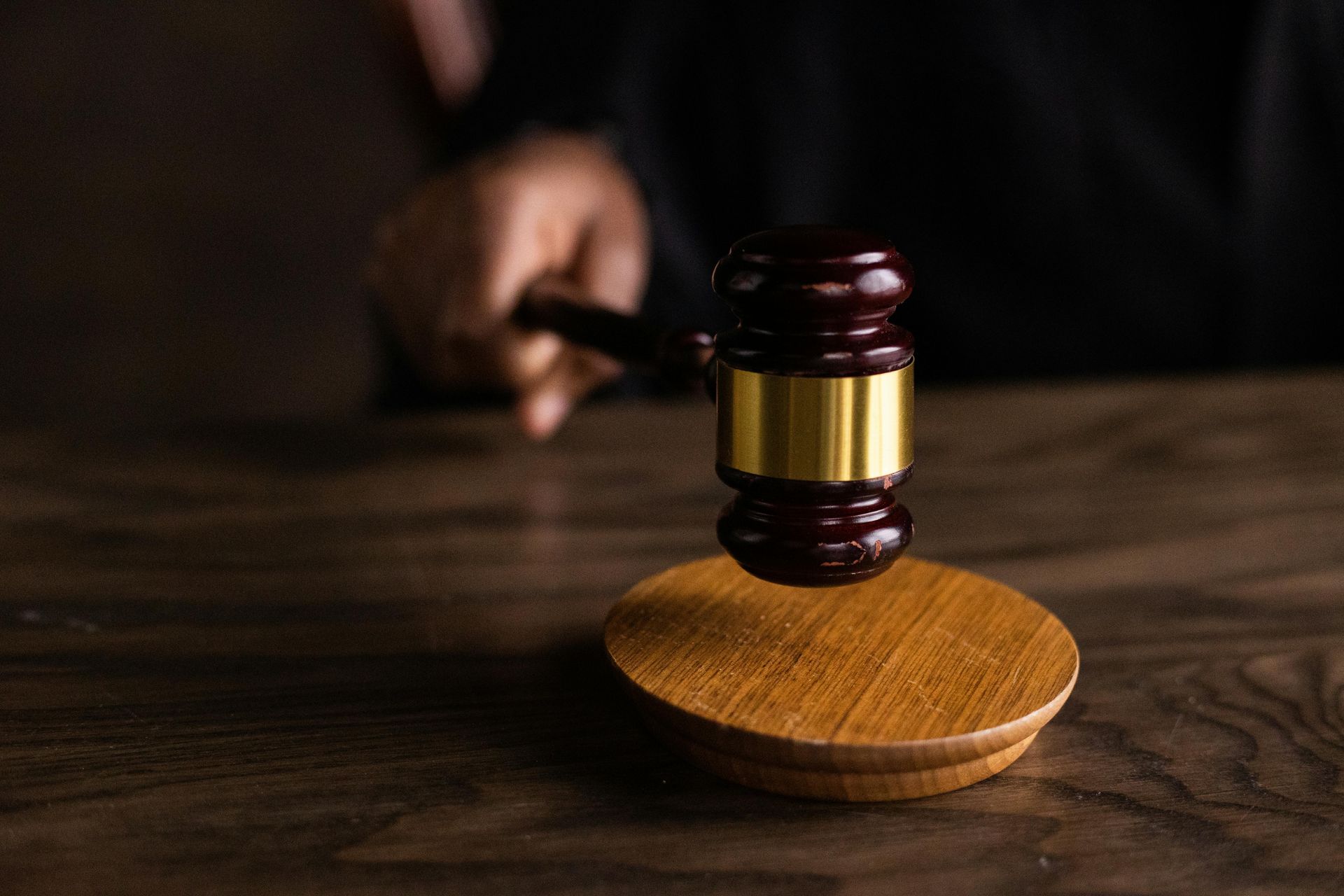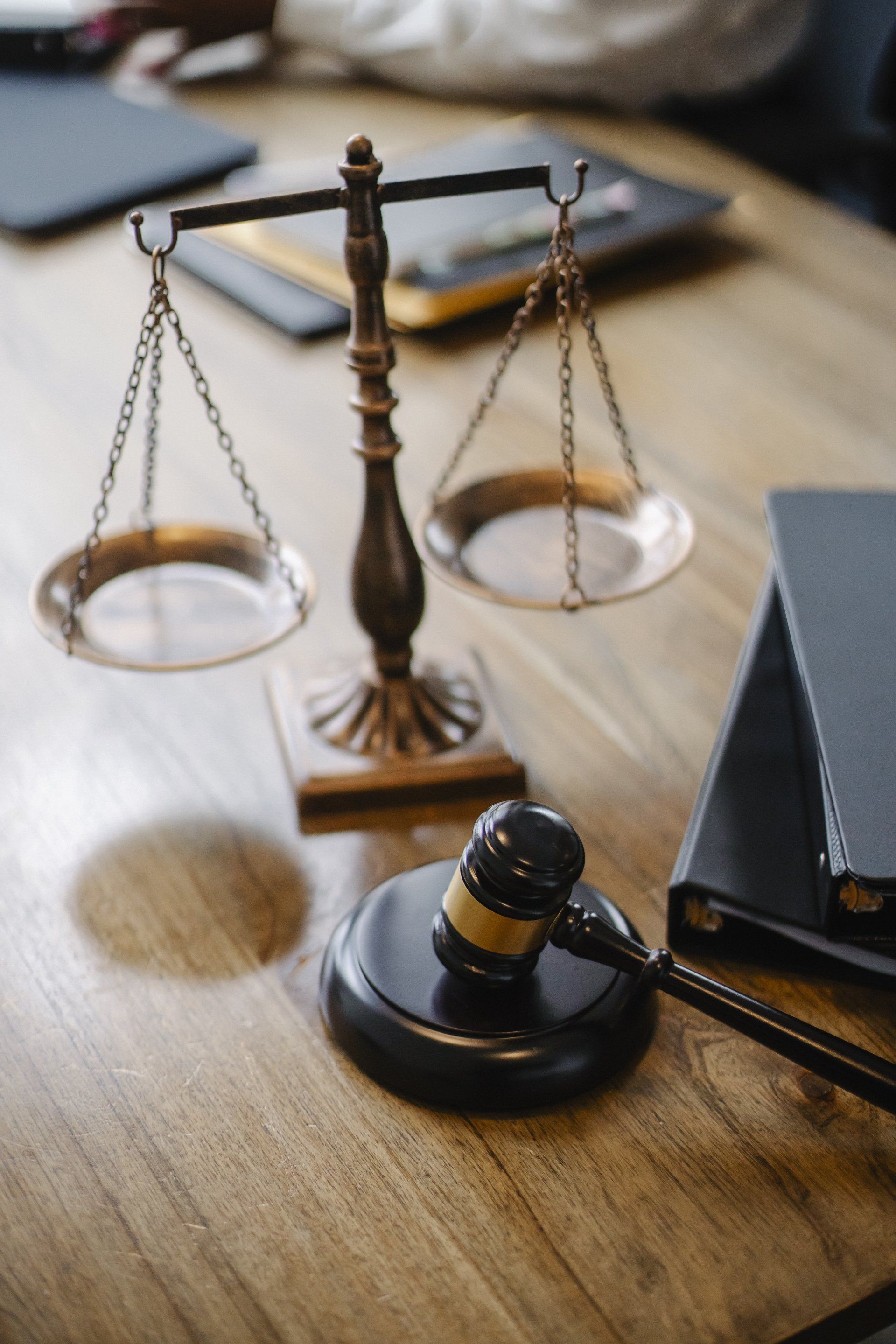por Patrick Halliday
•
29 de noviembre de 2022
Most dogs are friendly, and most dog owners are responsible, but dog attacks do happen from time to time. If you've been the victim of an attack, or your own dog has been involved in an incident, there are numerous issues surrounding liability and negligence. The owner or controller of the dog can be held liable in the event of personal injury or property loss. Various laws are relevant depending on the circumstances and jurisdiction of the attack. Based on data from the Centers for Disease Control and Prevention (CDC), over 4.5 million people are bitten by dogs annually. This results in 800,000 injuries that require medical attention and accounts for roughly one-third of all homeowners insurance liability claims. In the majority of these situations, the person who owns the dog is held responsible. However, a third party can also be liable. If you need legal assistance in Peoria, Illinois or elsewhere in Illinois for a dog attack, please contact our legal team today. Liability for dog owners In most cases, dog owners are liable for any injuries their pets cause. This includes situations where the owner knew the dog had a tendency to cause that kind of injury, or where the injury was caused by unreasonable carelessness on part of the owner. In these cases, the victim needs to prove negligence. It also includes situations where the owner is held liable automatically, whether or not they knew the dog had a tendency to cause that kind of injury. In these cases, the victim of a dog attack does not need to prove negligence to receive compensation. Two major factors decide whether or not the victim needs to prove negligence: the details of the dog attack and the jurisdiction where it occurred. Along with these details, certain factors can remove or alter liability for the dog owner. For example, if the victim provoked the animal or was trespassing on the property, the owner may not be automatically held liable. However, the dog owner may still be responsible for paying medical bills, lost wages, property damage, and pain and suffering. Other factors can also influence liability, including dogs handled in a professional capacity as part of law enforcement or military programs. There are three types of laws that impose liability on dog owners: Dog-bite statute - Under this statute, the dog owner is held liable for any injury or property damage caused by the dog. This statute is upheld automatically, and it's not based on provocation. Violation of this statute results in strict liability rather than negligence. One-bite rule - In some jurisdictions, liability is based on history and knowledge of previous vicious incidents. However, some states have moved away from the one-bite rule, with owners held responsible for any injury regardless of history. Negligence laws - Situations that involve potential negligence can be complex, with legal support often required. The dog owner or person caring for the dog is liable when the injury occurred due to unreasonable care in the context of controlling the dog. Liability for third parties In most cases, regardless of where the attack occurred, the dog owner is legally responsible for all bites and injuries caused by their animal. However, someone else can be held liable together with the dog owner in the following situations: A third party who had care or control over the dog, including dog sitters and dog walkers A dog owner who is less than 18 years of age A property owner (dog owner's landlord) who knew the dog was dangerous but didn't act Liability for third parties is related to common law and strict liability rules. Under common law, liability is based on negligence, either from the dog owner or a third party who is caring for the dog. This also applies to strict liability cases, where dog-bite statutes define an "owner" as someone who's keeping a dog. This includes the person who owns the dog or anyone else who harbors the animal. Differences between states In the US, most jurisdictions impose statutory strict liability for dog attacks. This makes the dog owner legally liable to the victim by default. Dog-bite statutes that impose strict liability date back to the 1700s, and they're still used in the majority of states. The one-bite rule applies in just 14 states: ID, ND, SD, WY, NV, KS, NM, TX, AR, MS, VA, MD, VT, and AK. In another five states, mixed rules apply, including laws based on negligence: OR, NY, TN, NC, and GA. If you need legal assistance in Peoria, Illinois or elsewhere in Illinois, we are here to help. Please reach out to us if you were the victim of a dog attack.












